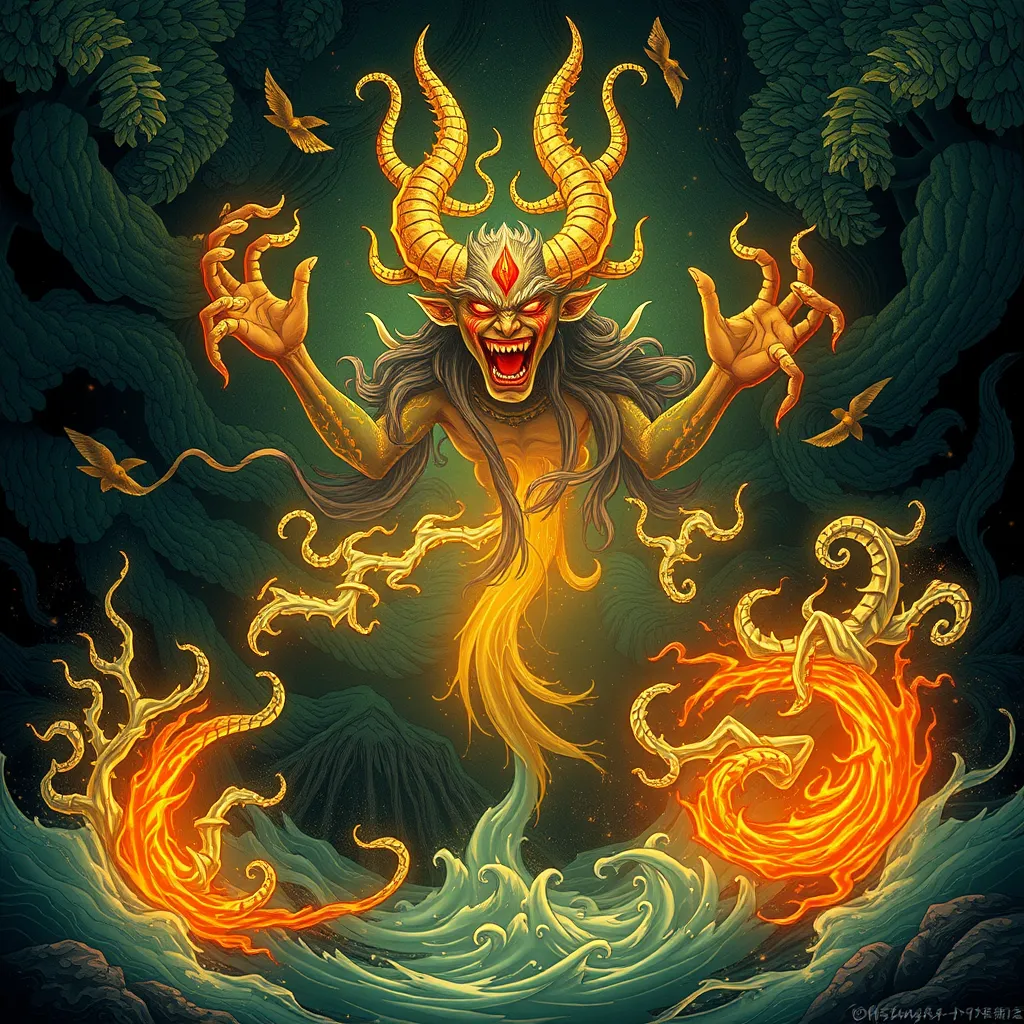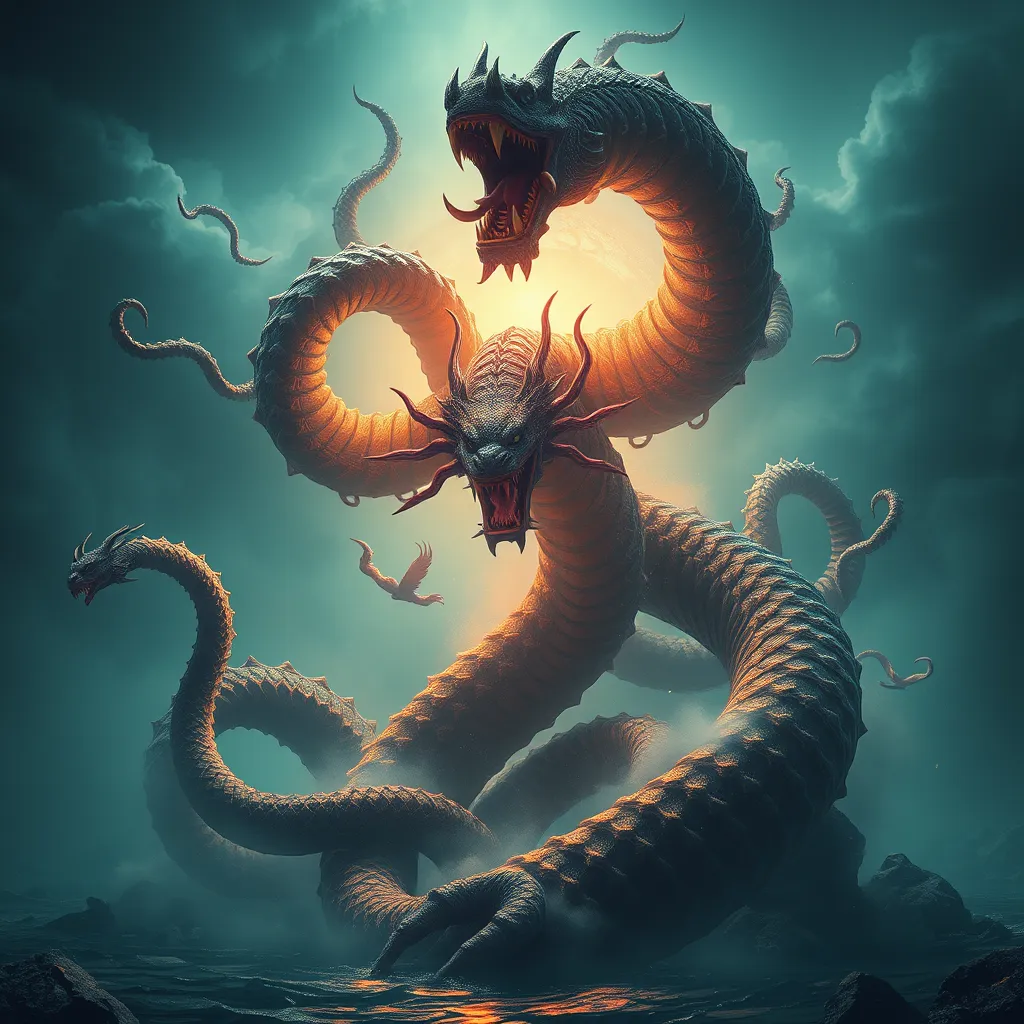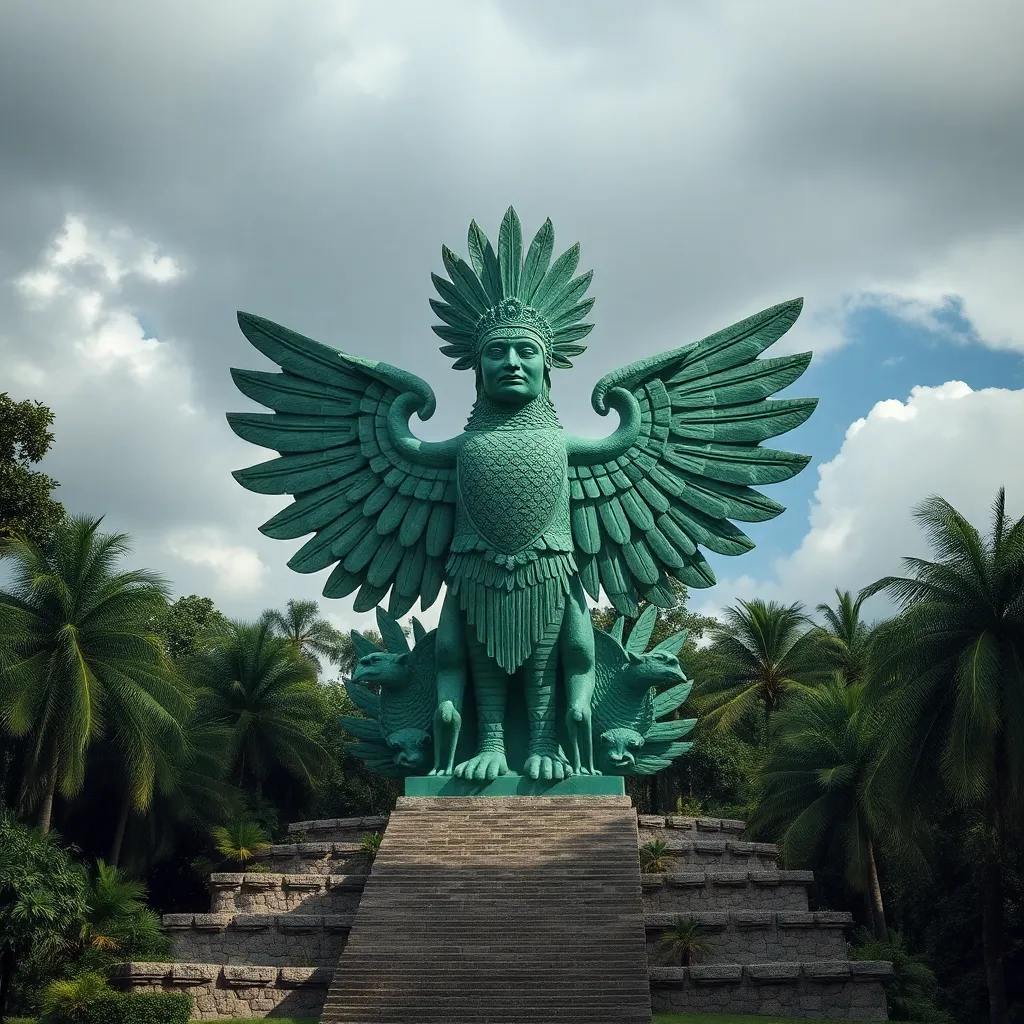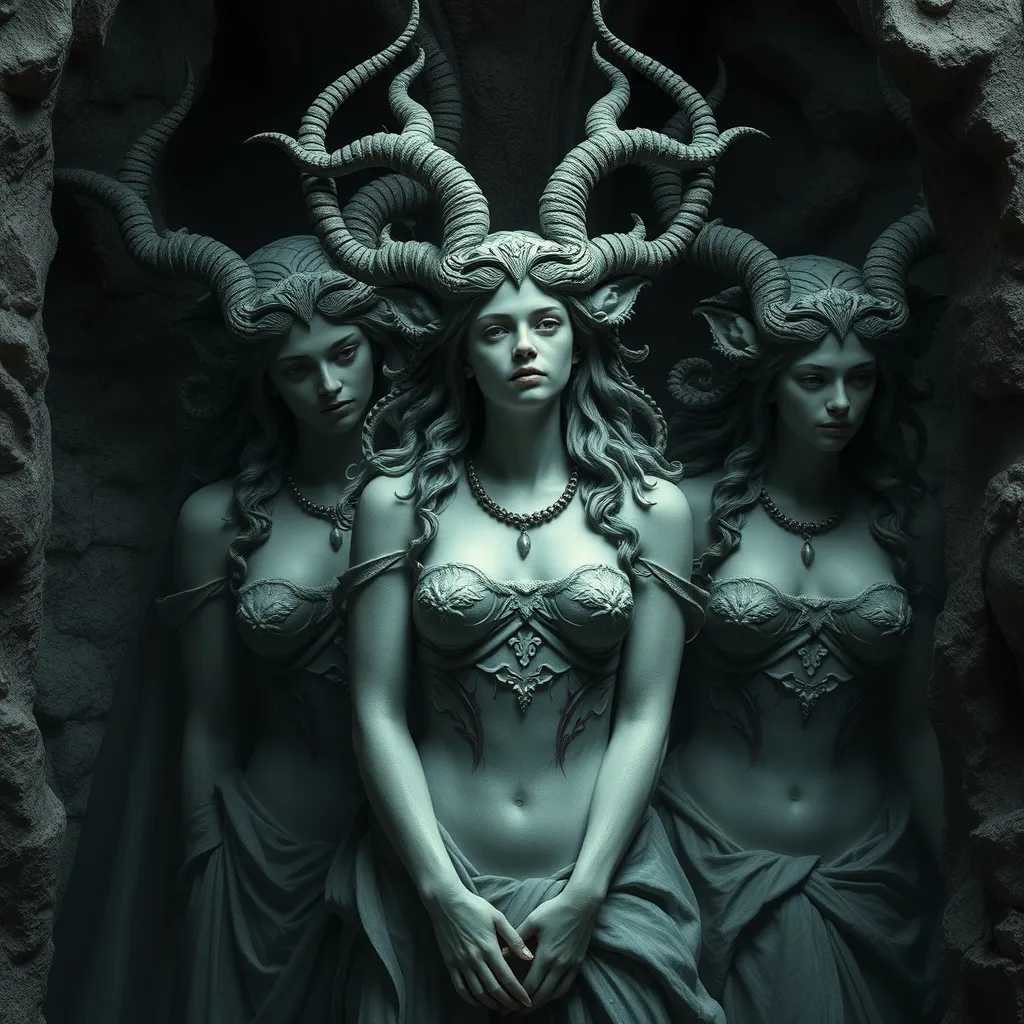The Jinn in Southeast Asian Mythology: Spirits of the Jungle and the Sea
I. Introduction
The concept of Jinn holds a significant place within Southeast Asian mythology, embodying a range of spirits that inhabit both terrestrial and aquatic realms. Defined as supernatural beings with free will, Jinn are often portrayed as intermediaries between humans and the divine. Their presence permeates the cultural narratives and folklore of various communities, reflecting the beliefs, fears, and aspirations of the people.
This article delves into the fascinating roles that Jinn play in Southeast Asian societies, particularly focusing on their manifestations in jungle and sea environments. By examining the historical background, cultural significance, and contemporary relevance of Jinn, we aim to provide a comprehensive understanding of these enigmatic spirits.
II. Historical Background of Jinn in Southeast Asia
The origins of Jinn can be traced back to Arabian mythology, where they were first described in pre-Islamic Arab culture as supernatural beings capable of both good and evil. With the advent of Islam, the concept of Jinn gained further prominence, as they were incorporated into Islamic theology as beings created from smokeless fire.
As trade routes expanded and cultural exchanges flourished, Jinn beliefs migrated to Southeast Asia, adapting to local customs and traditions. This integration was influenced by various factors:
- The spread of Islam in the region, which introduced new interpretations of Jinn.
- Indigenous beliefs and animistic practices that shaped local perceptions of these spirits.
- The influence of colonialism and globalization, which further transformed Jinn mythology.
Over time, Jinn mythology evolved across different Southeast Asian cultures, resulting in unique interpretations and characteristics attributed to these spirits.
III. The Jinn of the Jungle
Jungle Jinn are often depicted as guardians of the dense forests that dominate much of Southeast Asia. They are characterized by their elusive nature and their ability to manipulate the natural environment. Common traits attributed to jungle Jinn include:
- Shape-shifting abilities, allowing them to appear as animals or humans.
- Strong connections with nature, often seen as protectors of wildlife and plants.
- A dual nature, embodying both benevolence and malevolence.
Numerous stories and legends surround the jungle-dwelling Jinn, illustrating their complex relationships with humans. For instance, many indigenous tribes recount tales of encounters with jungle Jinn, often warning against trespassing into sacred areas. These legends serve as moral lessons, emphasizing respect for nature and the unseen forces that inhabit it.
In local traditions, jungle Jinn play a crucial role in rituals and practices, often invoked for protection during hunting or gathering activities. Their presence is felt during ceremonies, where offerings may be made to appease these spirits and ensure harmony with the natural world.
IV. The Jinn of the Sea
In contrast to their jungle counterparts, sea Jinn inhabit the vast oceans and coastal regions of Southeast Asia. They are often portrayed as powerful entities associated with water, storms, and navigation. Distinct features of sea Jinn include:
- The ability to control water currents and weather patterns.
- Manifestations as beautiful mermaids or fearsome sea monsters.
- A strong connection to maritime culture and the livelihoods of coastal communities.
Folklore and myths involving sea Jinn are rich and varied, often serving as cautionary tales for fishermen and sailors. For example, stories of Jinn luring sailors to their doom or aiding them in times of peril are common. These narratives highlight the duality of sea Jinn, embodying both danger and protection.
The significance of sea Jinn extends beyond mere folklore; they are integral to the cultural identity of coastal communities. Rituals are often performed to seek the favor of these spirits, especially before embarking on fishing expeditions, showcasing the deep-rooted respect for the ocean’s power.
V. Jinn in Contemporary Southeast Asian Culture
The representation of Jinn has evolved in modern literature and media, where they are often reimagined in various forms. From novels to films, contemporary narratives explore the complexities of Jinn, blending traditional beliefs with modern storytelling techniques.
Globalization has also impacted traditional beliefs about Jinn, leading to a fusion of ideas that can sometimes dilute local customs. However, many communities still strive to preserve their Jinn folklore through various means:
- Educational programs that teach younger generations about traditional beliefs.
- Festivals and cultural events that celebrate Jinn-related mythology.
- Artistic expressions, such as theater and dance, that incorporate Jinn tales.
VI. Jinn and Spiritual Practices
Rituals and ceremonies involving Jinn vary significantly across different cultures within Southeast Asia. In many communities, these practices are integral to maintaining a harmonious relationship with the spirit world. Common themes include:
- Ritual offerings made to appease Jinn and seek their blessings.
- Protection ceremonies conducted to ward off malevolent Jinn.
- Healing rituals that invoke the help of Jinn for physical and spiritual ailments.
The relationship between humans and Jinn is complex, characterized by elements of protection, worship, and fear. While many view Jinn as benevolent guardians, others regard them with trepidation, reflecting the psychological and social implications of these beliefs in communities.
VII. Comparative Analysis: Jinn and Other Mythical Spirits
When comparing Jinn with mythical spirits from other cultures, several similarities and differences emerge. For instance:
- Like the Japanese Yōkai, Jinn can embody both helpful and harmful traits.
- Similar to Celtic fairies, Jinn are often associated with nature and the supernatural.
- However, Jinn are unique in their strong ties to Islamic theology, which influences their depiction and significance.
The role of nature in shaping the characteristics of these spirits is evident across cultures. The environments in which they are believed to reside—be it jungles, seas, or mountains—greatly influence their traits and behaviors.
VIII. Conclusion
The significance of Jinn in Southeast Asian mythology cannot be overstated. They serve as vital cultural symbols, representing the intricate relationships between humans, nature, and the supernatural. The ongoing relevance of Jinn in cultural identity and heritage reflects a deep-seated respect for tradition, even in the face of modernization.
As we continue to explore the rich tapestry of Jinn mythology, we are invited to further understand their place within both local and global contexts. The Jinn, as spirits of the jungle and the sea, remain a testament to the enduring power of folklore and belief in shaping human experience.



